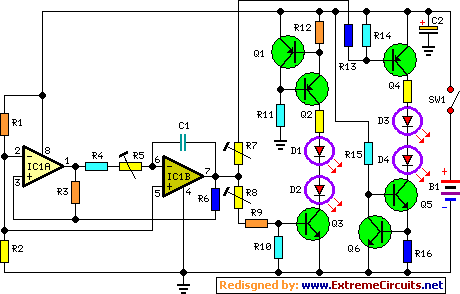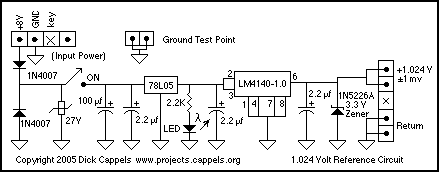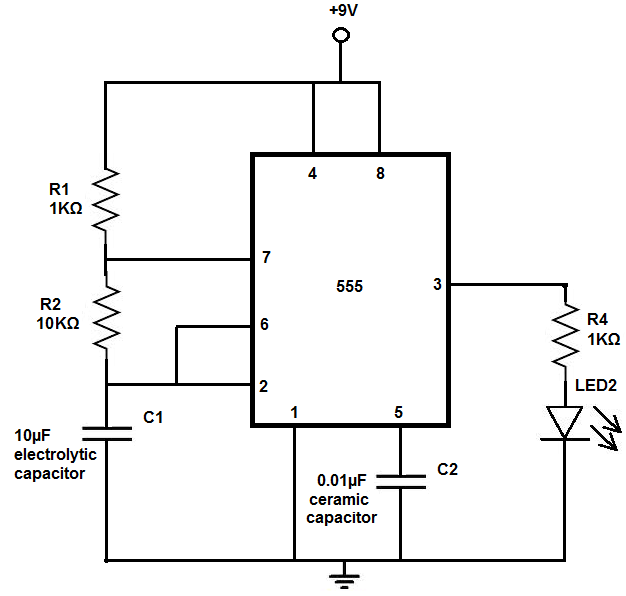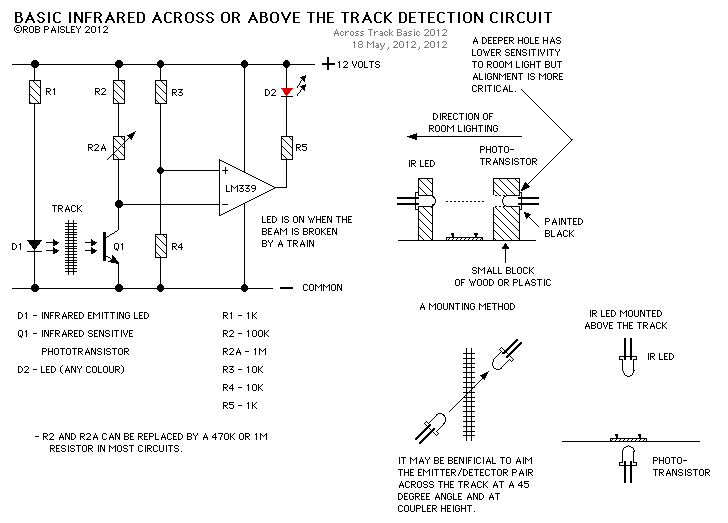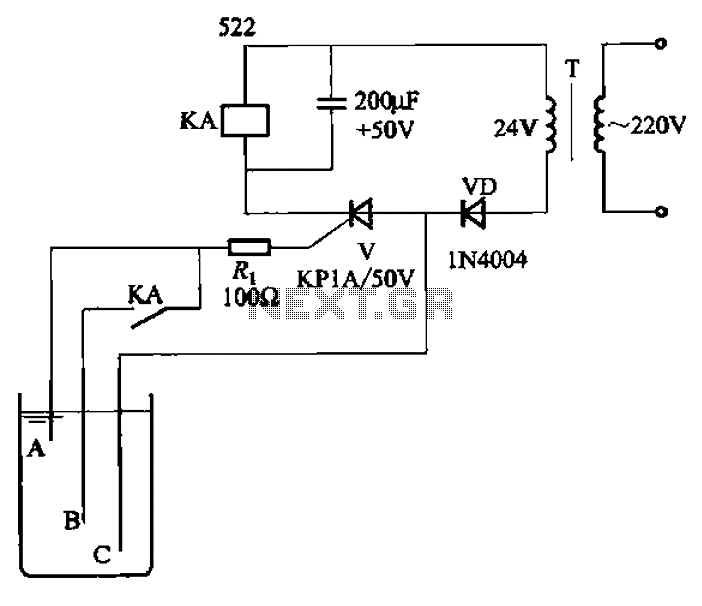
10 led VU Meter using LM3915
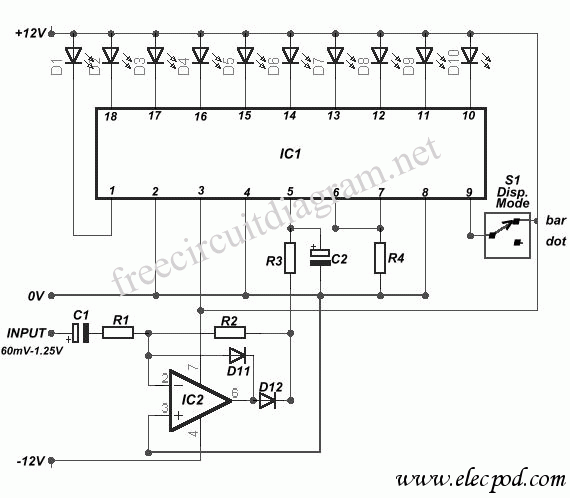
The circuit diagram represents a straightforward circuit-level indication featuring 10 LEDs. It utilizes a series of half-wave rectification controlled by the precision operational amplifier IC2 TL071. The LM3915 integrated circuit is employed to manage the LEDs, functioning as a VU meter indicator. The LM3915 can control up to 10 LEDs. A switch (S1) allows the selection of the LED indication level, ranging from 60 mV to 25 V.
The described circuit operates on a principle of visual signal representation using a VU meter configuration. The core component, the LM3915, is a dot/bar graph display driver that can illuminate up to 10 LEDs in response to an input voltage. This IC is particularly suited for audio level indication, providing a clear visual representation of signal strength.
The circuit begins with the input signal, which is fed into the TL071 operational amplifier. This op-amp is configured for half-wave rectification, ensuring that only the positive half of the input waveform is processed. This rectified output is then fed into the LM3915, which interprets the voltage level and activates the corresponding number of LEDs based on the input signal strength.
The switch S1 introduces versatility to the circuit by allowing users to select different voltage ranges for indication. This feature is essential for applications where varying signal levels need to be monitored. The circuit can effectively display levels from as low as 60 mV, suitable for low-level audio signals, up to 25 V, accommodating higher voltage signals.
In terms of component selection, the TL071 is favored for its low noise and high precision, making it ideal for audio applications. The LM3915's ability to drive multiple LEDs without additional components simplifies the design and reduces potential points of failure.
Overall, this circuit design provides a reliable and visually intuitive method for monitoring signal levels, making it suitable for various electronic applications, including audio equipment, signal processing, and general voltage level monitoring.Circuit diagram is a very simple circuit-level indication, with 10 Led. Used a series of half-wave rectification of precision around IC2 TL071, with a single. LM3915 IC is used to control the led, as an indicator VU Meter. LM3915 can be controlled 10 led. With the switch S1, we can choose an indication from the LED. Level mV into a 60-1st, 25 V. T he following is a schematic drawing: 🔗 External reference
The described circuit operates on a principle of visual signal representation using a VU meter configuration. The core component, the LM3915, is a dot/bar graph display driver that can illuminate up to 10 LEDs in response to an input voltage. This IC is particularly suited for audio level indication, providing a clear visual representation of signal strength.
The circuit begins with the input signal, which is fed into the TL071 operational amplifier. This op-amp is configured for half-wave rectification, ensuring that only the positive half of the input waveform is processed. This rectified output is then fed into the LM3915, which interprets the voltage level and activates the corresponding number of LEDs based on the input signal strength.
The switch S1 introduces versatility to the circuit by allowing users to select different voltage ranges for indication. This feature is essential for applications where varying signal levels need to be monitored. The circuit can effectively display levels from as low as 60 mV, suitable for low-level audio signals, up to 25 V, accommodating higher voltage signals.
In terms of component selection, the TL071 is favored for its low noise and high precision, making it ideal for audio applications. The LM3915's ability to drive multiple LEDs without additional components simplifies the design and reduces potential points of failure.
Overall, this circuit design provides a reliable and visually intuitive method for monitoring signal levels, making it suitable for various electronic applications, including audio equipment, signal processing, and general voltage level monitoring.Circuit diagram is a very simple circuit-level indication, with 10 Led. Used a series of half-wave rectification of precision around IC2 TL071, with a single. LM3915 IC is used to control the led, as an indicator VU Meter. LM3915 can be controlled 10 led. With the switch S1, we can choose an indication from the LED. Level mV into a 60-1st, 25 V. T he following is a schematic drawing: 🔗 External reference
